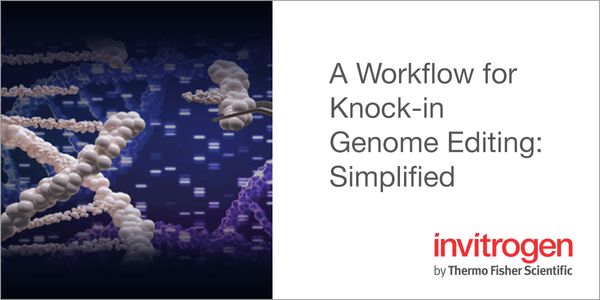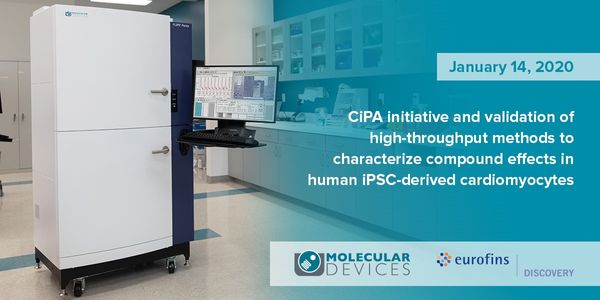Human development
Human development describes the stages of human life. Human development consists of 5 stages. Infancy (up to one year), toddler (age 1 - 5), childhood (age 3 - 11), adolescence (age 12 - 18), and adulthood. The study of human development aims to understand how people grow, develop, and change throughout their life.
-
Mechanistic understanding of neural systems is daunting to achieve in large part due to the heterogeneity of the neuronal elements in both form and function and the complexity of the circuit...Speaker: Emre Aksay, PhD , Mark Goldman, PhD , Sebastian Seung, PhD , Ashwin Vishwanathan, PhDPresented at: Neuroscience Virtual Event Series 2020
Brain machine interfaces (BMIs) aim to help patients with paralysis to use their recorded brain activity to control assistive devices. BMI research requires the collaboration of neuroscienti...
Speaker:
Tyson Aflalo, PhD
, Richard Andersen, PhD
, Spencer Kellis, PhD
, Charles Liu, MD, PhD
Presented at: Neuroscience Virtual Event Series 2020
Approximately 300,000 people in the United States have a spinal cord injury with many of these individuals experiencing permanent motor and sensory deficits. For individuals with cervical sp...
Speaker:
Robert Gaunt, PhD
, Michael Boninger, MD
, Jennifer Collinger, PhD
Presented at: Neuroscience Virtual Event Series 2020
The accumulation of neurotoxic amyloid beta peptides and/or neurofibrillary tangle formation are key pathological hallmarks of neurodegenerative diseases including but not limited to Alzheim...
Speaker:
Michael Heneka, PhD
The public health burden of Treatment Resistant Depression (TRD) has prompted clinical trials of deep brain stimulation (DBS) that have, unfortunately, produced inconsistent outcomes. Potent...
Speaker:
Wayne Goodman, MD
, Nader Pouratian, MD, PhD
, Sameer Anil Sheth, MD, PhD
Presented at: Neuroscience Virtual Event Series 2020
The neural basis of simple rhythmic and reflexive behaviors such as swimming and gill withdrawal have been successfully studied in nudibranchs and other gastropod molluscs because the brains...
Speaker:
Paul Katz, PhD
, Jeff Lichtman, MD, PhD
, William Frost, PhD
, Deidre Lyons, PhD
, Vince Lyzinski, PhD, B.Sc, M.Sc, M.Sc.E.
Presented at: Neuroscience Virtual Event Series 2020
The US Brain Research through Advancing Innovative Neurotechnologies is a research program focused on building fundamental knowledge of how brain circuits process information to enable human...
Brain function is remarkably reliable despite the imprecise performance of neurons, and the continuous perturbations caused by aging, disease or injury. How does the brain succeed in produci...
Speaker:
Adrienne Fairhall, PhD
, Tim Gardner
, Carlos Lois, MD, PhD
Presented at: Neuroscience Virtual Event Series 2020
























